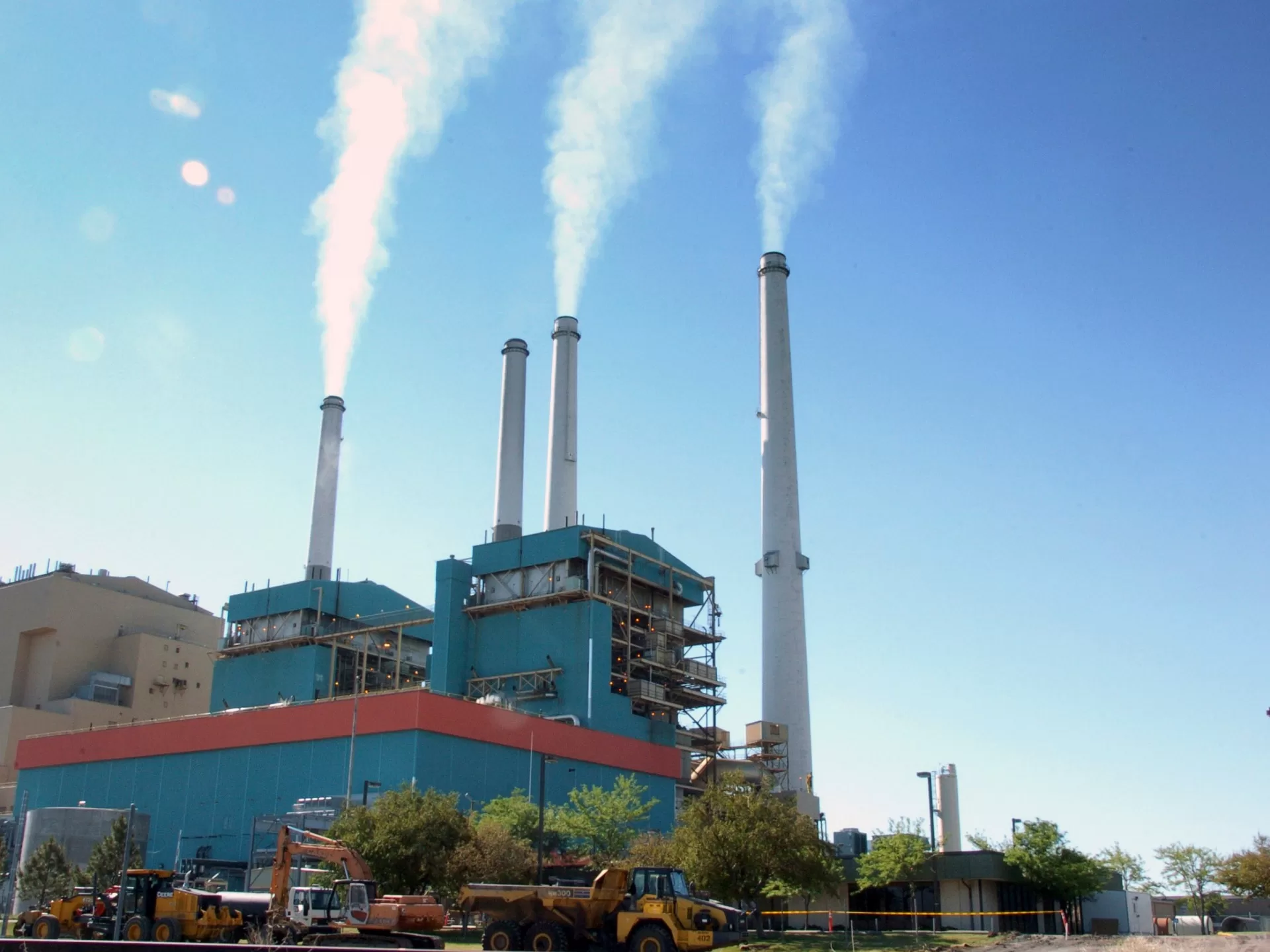The world’s current climate pledges would only cut emissions by 2.6 percent by 2030, says the UN Framework Convention on Climate Change.
National pledges to cut greenhouse gas emissions fall significantly short of those needed to limit catastrophic global warming, says the United Nations before climate change negotiations next month.
The “nationally determined contributions” (NDCs) are enough to cut global emissions by 2.6 percent from 2019 to 2030, up from 2 percent last year, the UN Framework Convention on Climate Change (UNFCCC) said in its annual assessment on Monday.
But they hardly equate the 43 percent cut that scientists say is required to stay within reach of a Paris Agreement target to limit global temperature rises to 1.5 degrees Celsius (2.7 Fahrenheit), the body warned, referring to the 2015 global agreement to cut greenhouse gas emissions.
As part of their Paris obligations, nations must deliver new and stronger NDCs before a deadline in February next year, and the report’s findings should mark a “turning point”, said Simon Stiell, UNFCCC executive secretary.
“Current national climate plans fall miles short of what’s needed to stop global heating from crippling every economy and wrecking billions of lives and livelihoods across every country,” he said.
“The last generation of NDCs set the signal for unstoppable change,” said Stiell. “New NDCs next year must outline a clear path to make it happen.”
The forum for conjuring up more ambitious pledges will be the COP29 climate talks beginning in two weeks in the Azerbaijani capital of Baku. Nearly 200 countries will devise a new global emissions trading system as well as a $100bn annual financial package to help developing countries meet their climate goals.
“What we are seeing is that in some cases, [the NDC process] might be used as a negotiating mechanism – more money for more ambition,” said Pablo Vieira, global director of the NDC Partnership, a non-government group helping about 60 countries draw up their pledges.
“They also want to make sure that the new NDCs are investable, that they have the necessary elements that will attract not just public finance, but also private,” he said.
Greenhouse gases rising exponentially
In a separate report, the UN’s weather monitoring body on Monday said greenhouse gases have been accumulating in the atmosphere “faster than any time experienced during human existence” over the last two decades.
Carbon dioxide concentrations have risen by 11.4 percent in just 20 years, the World Meteorological Organization (WMO) said in its annual greenhouse gas bulletin.
Last year’s increase in CO2 concentrations, the second largest annual rise of the last decade, could have been driven by a surge in forest fires, with the carbon released from Canada’s worst-ever wildfire season exceeding the annual emissions of most major countries.
CO2 concentrations are now 51 percent higher than pre-industrial levels, while methane – another potent greenhouse gas – is 165 percent higher than in 1750, WMO said.
The UN Environment Programme (UNEP) on Thursday warned of a chasm between what countries have promised and what they must achieve.
The 2015 Paris agreement, signed by nearly 200 nations, committed to keeping global warming “well below” 2C compared with pre-industrial levels and if possible, the safer limit of 1.5C.
“This should set alarm bells ringing among decision-makers,” said WMO Secretary-General Celeste Saulo. “These are more than just statistics. Every part per million and every fraction of a degree temperature increase has a real impact on our lives and our planet.”
